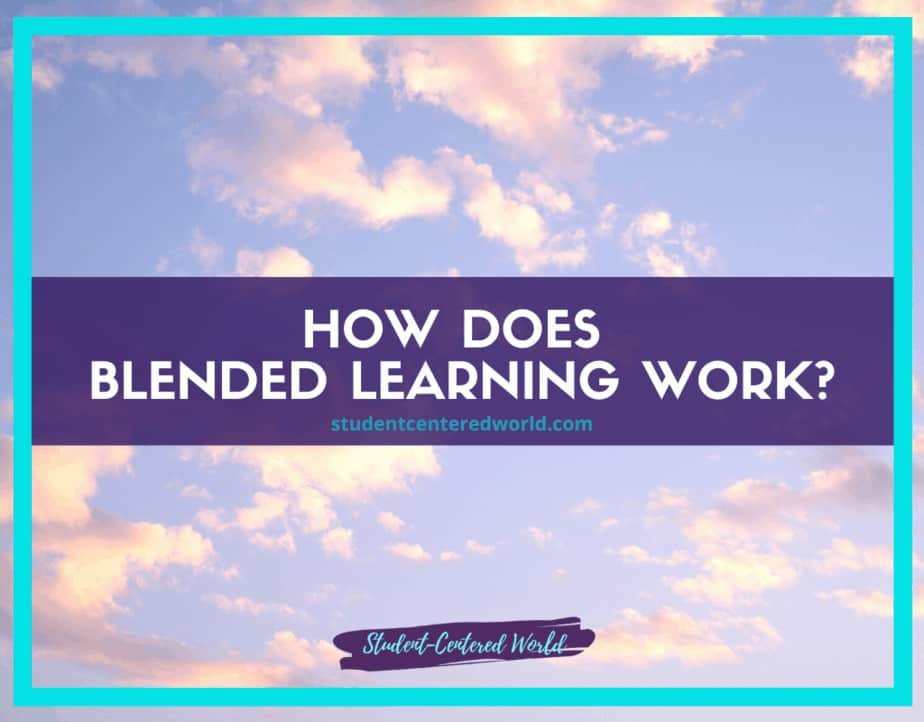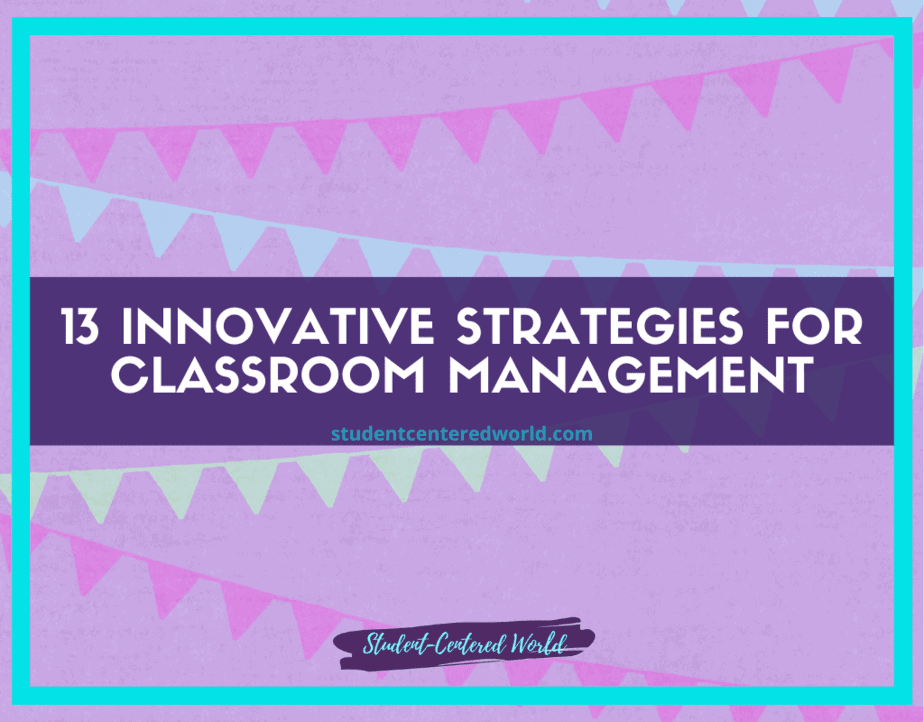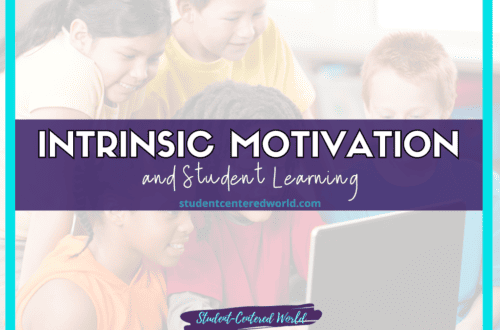Student Engagement Lesson Plans for the Bold 21st Century Classroom
The 21st-century educational system is constantly shifting to incorporate overall positive changes while still addressing the needs of every student, including implementing student engagement lesson plans. The classroom environment has come a long way since the days of lectures and standardized tests. Now, it’s all about fostering engagement in an individualized learning atmosphere that caters to students’ differences and allows them to take control of their own learning.
However, increasing student engagement doesn’t come without its challenges. More often than not, students spend more time interacting with smartphones and other technology than they do with their actual teachers. Searching for ways to implement engaging activities into the classroom can be like searching for a needle in a haystack. The Internet is filled with thousands of websites that promise to offer engaging activities, but most are either outdated or not effective. Therefore, it’s up to teachers to come up with their own creative lesson plans that will guarantee student engagement while effectively teaching the required material.
So how exactly do we make this happen? Well, the truth is, it’s a matter of creating engaging lesson plans that fit your students’ needs and interests while still covering the material you want them to learn. At its core, the goal of every teacher should be to develop lifelong learners who are comfortable with self-direction. Dr. Robert Marzano has shown that student engagement can lead to significant gains in academic achievement.
Active Learning Techniques
Based on research, it has been found that active learning techniques are more effective than traditional lectures and memorization because they encourage students to take an interest in what they’re studying instead of just sitting back and absorbing everything the teacher is telling them.
In addition, the key to student engagement lesson plans is that teachers provide students with different ways of learning and helping them find their strengths. For example, some students learn best when they read about something in a textbook while others excel in hands-on activities. Some people prefer visual displays while others do better when they can touch or listen to something.
The learning process is different for everyone, so student engagement lesson plans should provide students with a variety of opportunities within the classroom. Students benefit from active learning techniques that include hands-on activities and group projects, while others learn best on their own or in smaller settings. In some cases, teachers may want to offer multiple ways of learning so every student can take advantage of the strengths they bring to the table.
The goal should be to provide students with a variety of strategies so they can figure out what works best for them. Each student has different strengths and weaknesses, so it’s important to find what clicks and build on that skill.
It takes time for teachers to develop student engagement lesson plans that encourage students to explore new subjects while building on what they know. But the first step is to figure out your student’s learning styles, interests, strengths, and weaknesses so you can adapt your lessons accordingly.

Granted, there is a lot of discussion about how learning styles “don’t exist”. While I see that argument based on data, we can all agree that as humans, we have preferences in how learning is easier for us. That doesn’t mean as teachers we should only allow our students to take part in lessons that are in their comfort zone; it purely means that we should give options and then, once we get to know our students; also give them opportunities (and gentle nudges) to get outside of their comfort zones to learn on different levels with different challenges.
When you take the time to design lessons that are engaging for everyone, it will be reflected in your students’ test scores, engagement levels, and overall academic performance.
Creating Effective Student Engagement Lesson Plans
As teachers begin preparing student engagement lesson plans, there are a lot of considerations to keep in mind. Firstly, the idea of “student engagement lesson plans” does not exist; rather, student engagement should be implemented into each and every lesson plan in ways that correspond to the classroom culture and expectations of the teacher and the students.
Secondly, to create effective student engagement lesson plans, it is important to understand the “properties of interest” in each discipline. This will allow students to actively engage with content and develop their ability for critical thinking which helps them become more than just passive learners. To do this, there must be a balance between the “regulated” and “automated phase of learning.”
Regulated phase tasks require students to carefully execute a set of operations while automated tasks allow students to complete them more intuitively and quickly. The automated phase of learning includes tasks like retrieving information or executing procedures, which allows students to focus on the meaning of content.
Alternatively, the regulated phase focuses on comprehension and interpretation which require more active learning. Unscrambling a word is an example of regulated phase thinking because it requires students to figure out how to spell an insider word based on its sound
Thirdly, there are many different approaches to take when crafting your lessons. It is a good idea to implement a variety of techniques because each approach provides the opportunity for students to engage with different parts of the content. For example, when teaching Newton’s Laws in physics, teachers can take one of four approaches:
1) Demonstration lesson
2) Question and answer lesson
3) Inquiry-based lesson
4) Cooperative group lesson.
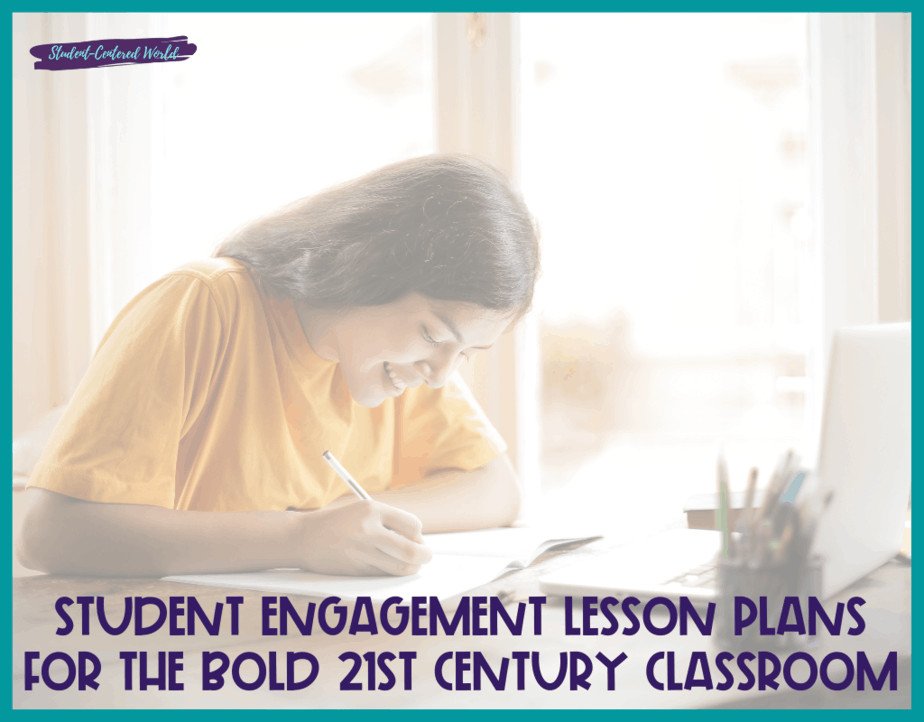
A demonstration lesson involves showing students how to complete the task, while a question and answer lesson goes over the content in an interactive dialogue with examples in which students are expected to come up with their own solutions in response to questions asked by the teacher. An inquiry-based lesson gives students opportunities for asking questions and exploring ideas on their own, while the cooperative group lesson involves students working together in small groups to share ideas and solve problems
Finally, it is important for teachers to know their students. Effective student engagement lesson plans involve understanding how each student learns and tailoring tasks to meet their needs. For example, a student who learns visually will be more likely to retain information from charts and diagrams while a student who learns by reading may prefer texts. In addition, there are different types of learners: the “sociable” learner prefers interacting with other students and likes to be active, while the “independent” learner prefers working alone and is more comfortable with individual work. Once you understand your students, you can begin to create different materials and tasks that will engage them in the way they learn best.
Incorprorating Student Engagement in the Classroom
There are concrete ways to incorporate student engagement lesson plans within their own unique classrooms and academic disciplines. Teachers can create effective student engagement lesson plans by using the following strategies:
1) Informational texts, as well as interactive inquiry-based lessons, can be used to teach content to improve reading comprehension and critical thinking.
2) Active learning activities like peer teaching, debates, games, or role-plays within cooperative group settings can provide opportunities for language development and social interaction.
3) Projects and creative writing assignments encourage students to explore a topic from a variety of perspectives.
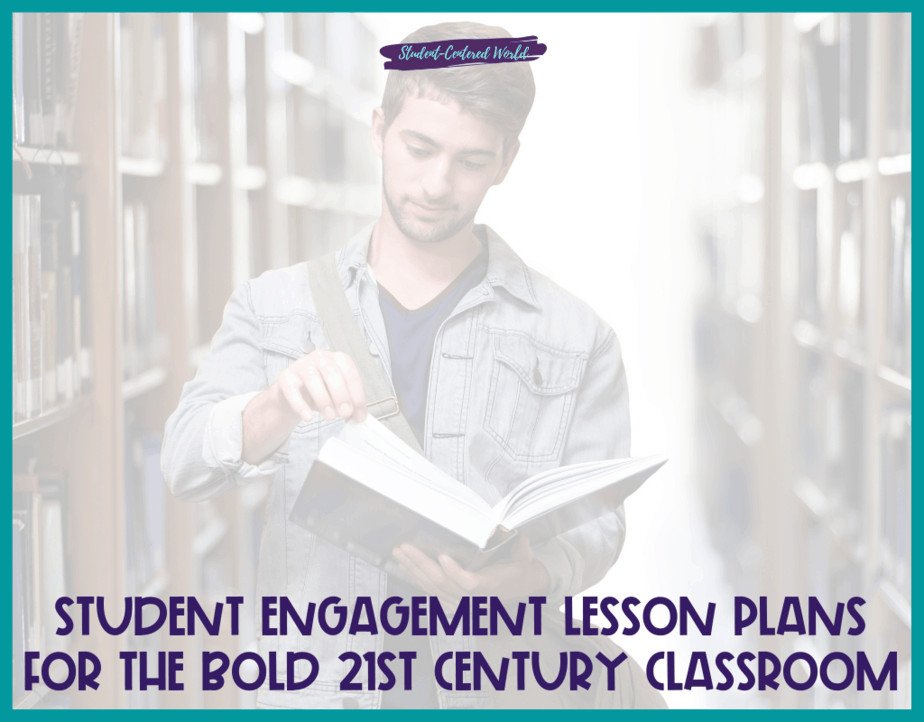
As teachers build student engagement lesson plans, it is important to remember that real learning stems from doing, not receiving information. Teachers should involve their students as much as possible within the classroom by asking questions and giving them chances to respond with what they know rather than teaching to them and expecting a demonstration of what they have learned.
Finally, it is important for teachers to remember that learning is about both developing knowledge and building skills. Student engagement lesson plans should provide opportunities for students to learn content as well as how to behave and contribute within the classroom setting so they can be successful adults outside of school.
Teachers should work to balance instruction so students have opportunities to learn content and process together. Teachers also need to communicate the learning value of every activity in order for parents and teachers to see the benefits of students being active within classroom settings.
In this way, student engagement can be used as a teaching tool to meet the needs of every child. Although some students may not play as actively as others, they still can learn from their peers and teacher as long as their academic needs are met by the activities teachers create.
Teachers need to remember that all children learn differently and provide them with opportunities to learn in different ways. Learning can be physical, but it is important for teachers to help students focus on the academic side of student engagement as well so that children are able to use their strengths to further develop themselves over time.
Stop Driving the Teacher Struggle Bus
Are you struggling with student engagement, apathy, or keeping your class on track?
💫💫 There’s hope! 💫💫
Join my free teacher workshop “Choosing Choice” and in just 60 minutes, you’ll craft a practical plan to revitalize your teaching. Discover the magic of student choice in boosting engagement, gain quick implementation ideas, and explore strategies for year-long success.
Unlike overwhelming workshops, my approach guides you in real-time, providing more classroom options, reducing stress, and giving you more personal time.
Plus, you’ll earn a 1-hour professional development certificate and have 7 days of access.
Don’t miss this chance to transform your teaching; click below to secure your spot now!




